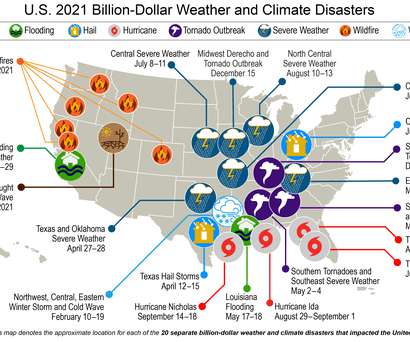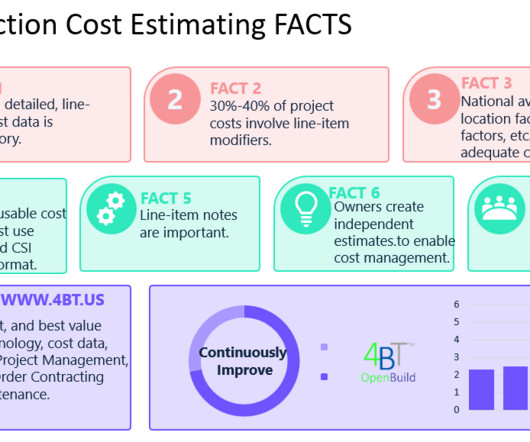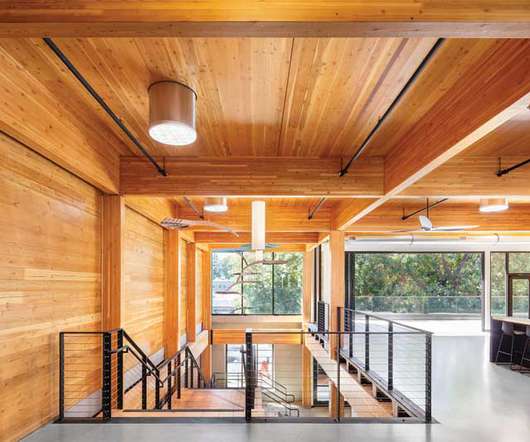LEAN Asset Management
Job Order Contracting
MAY 13, 2019
LEAN asset management is simply defined as best value life-cycle management of the built environment, inclusive of buildings, roadways, utilities, transportation systems, bridges, dams, and landscapes. An example of a LEAN procurement and construction delivery method is the OpenJOC(TM) Job Order Contracting Framework.



































Let's personalize your content